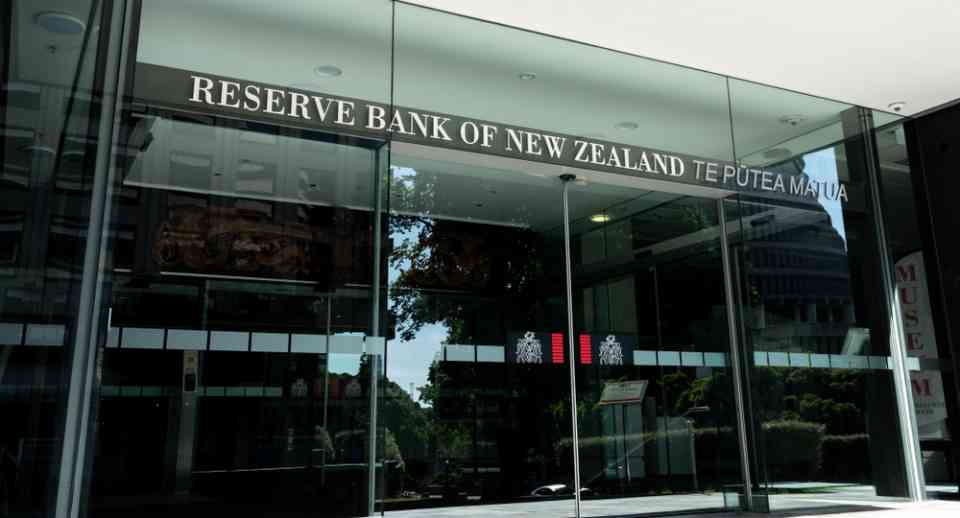New Zealand’s Central Bank Unexpectedly Initiates Rate Cuts Amid Economic Slowdown

New Zealand’s central bank has unexpectedly begun reducing interest rates, signaling a shift towards easing monetary policy earlier than anticipated due to a slowing economy and declining inflation. This move caused the New Zealand dollar to tumble.
The Reserve Bank of New Zealand (RBNZ) cut the Official Cash Rate (OCR) by 0.25 percentage points to 5.25% during a meeting in Wellington. The RBNZ’s latest projections indicate that the OCR will likely decline further in the fourth quarter and could decrease by approximately 100 basis points by mid-2024.
Governor Adrian Orr explained in a news conference that the RBNZ is confident inflation is now within its target range, allowing the bank to begin “renormalizing” policy interest rates. Orr emphasized that the decision was made once the Monetary Policy Committee felt assured it was the right time to act.
This rate cut marks a significant policy shift for the RBNZ, which had previously suggested in May that it might raise rates and wouldn’t consider cuts until the latter half of 2025. However, as domestic inflation pressures ease and the economy appears to be on the verge of a third recession in under two years, with rising unemployment, the bank decided to pivot to easing.
Following the announcement, the New Zealand dollar fell to 60.05 US cents from 60.70 cents earlier in the day, while bond yields also declined. The stock market responded positively, with the S&P/NZX 50 Index closing up by 2.1%.
Before the decision, investors had estimated a 67% likelihood of a rate cut by the RBNZ. Orr mentioned that the bank had considered a more substantial 50-point reduction but ultimately opted for a 25-point cut as a cautious beginning to the easing cycle. He noted that any future rate cuts would be determined by economic data, stressing that the RBNZ was “in a strong position to move calmly.”
According to Sharon Zollner, ANZ Bank’s chief New Zealand economist, the RBNZ’s updated forecast suggests that the OCR could be reduced by 25 basis points at each of the next three meetings, with a slower pace of cuts, eventually bringing the rate down to 3%.
The central bank had already hinted at a less aggressive approach in its July review, acknowledging that tight monetary policy might be dampening demand more than anticipated. The RBNZ now predicts economic contractions in the second and third quarters of this year, which would mark the country’s third recession since late 2022.
The RBNZ noted that the slowdown in domestic economic activity observed in July had become more severe and widespread. With various indicators pointing to a faster-than-expected economic contraction, the downside risks to output and employment identified in July have become increasingly evident.
| GDP (nominal) | Capital | Head of State | Head of Government | GDP (nominal) per capita | GDP (PPP) | GDP (PPP) | GDP (PPP) per capita |
|---|---|---|---|---|---|---|---|
| New Zealand | Wellington | Charles III | Christopher Luxon | 249.415 | 48.072 | 279.183 | 53.809 |
Have you read?
Richest Billionaire Investors.
Billionaire Winners.
Billionaire Losers.
Best Business Schools.
Best Hotel Schools.
Bring the best of the CEOWORLD magazine's global journalism to audiences in the United States and around the world. - Add CEOWORLD magazine to your Google News feed.
Follow CEOWORLD magazine headlines on: Google News, LinkedIn, Twitter, and Facebook.
Copyright 2025 The CEOWORLD magazine. All rights reserved. This material (and any extract from it) must not be copied, redistributed or placed on any website, without CEOWORLD magazine' prior written consent. For media queries, please contact: info@ceoworld.biz








